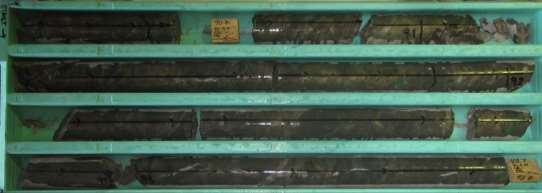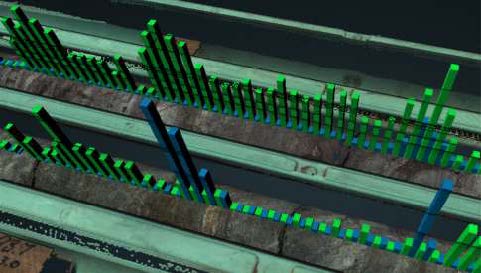Geophysical Analysis
- Mineralisation accumulates by means of a variety of geological processes, such as:
- Veins and structures
- Sedimentary layers
- Preferential emplacement/ replacement
- Immiscible fluids, etc.
- This detail is captured in traditional drill core logging which has long been used to define and classify the nature of ore zones.
- Traditionally, geochemical assays define ore grades per metre. This is misleading as it suggests even ore distribution in the rock.
- Geophysical, non-destructive, core analysis adds another dimension to the data and is becoming increasingly recognised in ore classification
- Drill core is analysed in detail to identify these geophysical characteristics to enable an alternative resource definition according to how ore blocks will respond to sorting technology
- Geophysical processing (ore sorting) is then applied, according to the geophysical properties of the ore(s) in contrast with the surrounding waste(s) to separate the rocks

Traditional low resolution core images and corresponding metre-interval assay values


New high resolution
images of the same core.

Visual display of XRF data
at 1cm intervals along the
core enables comparison
with visible mineralogy